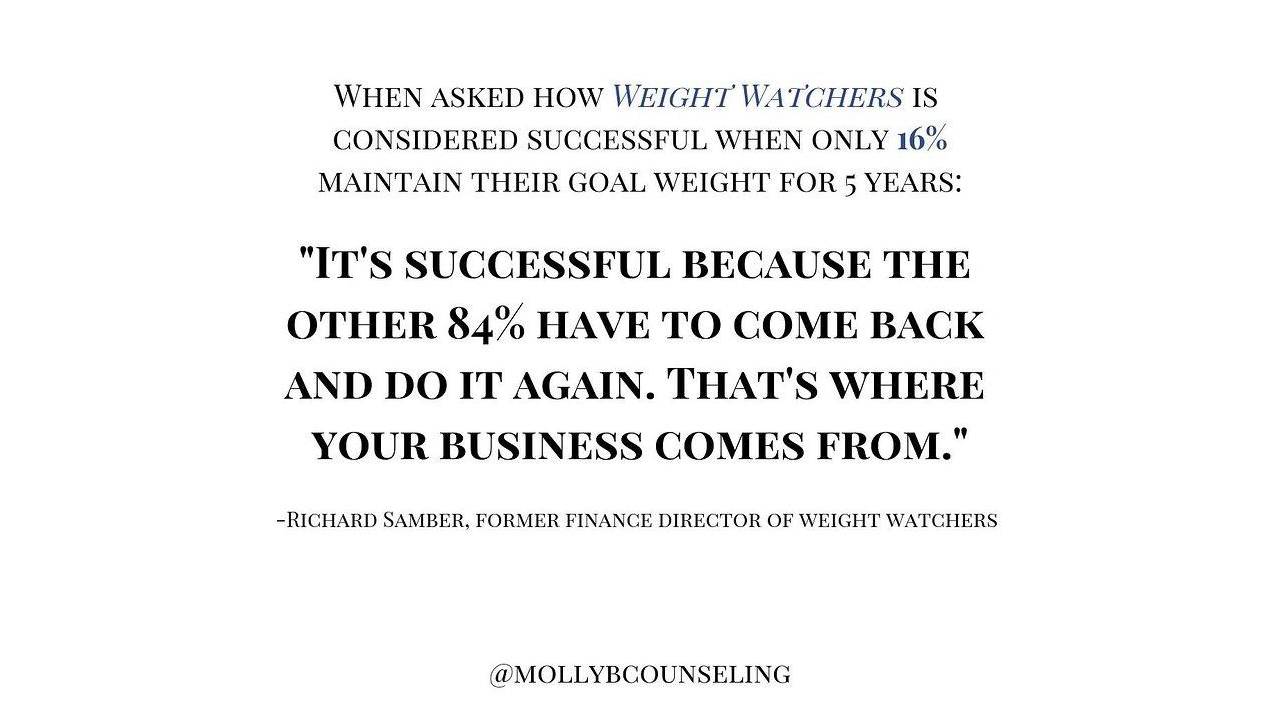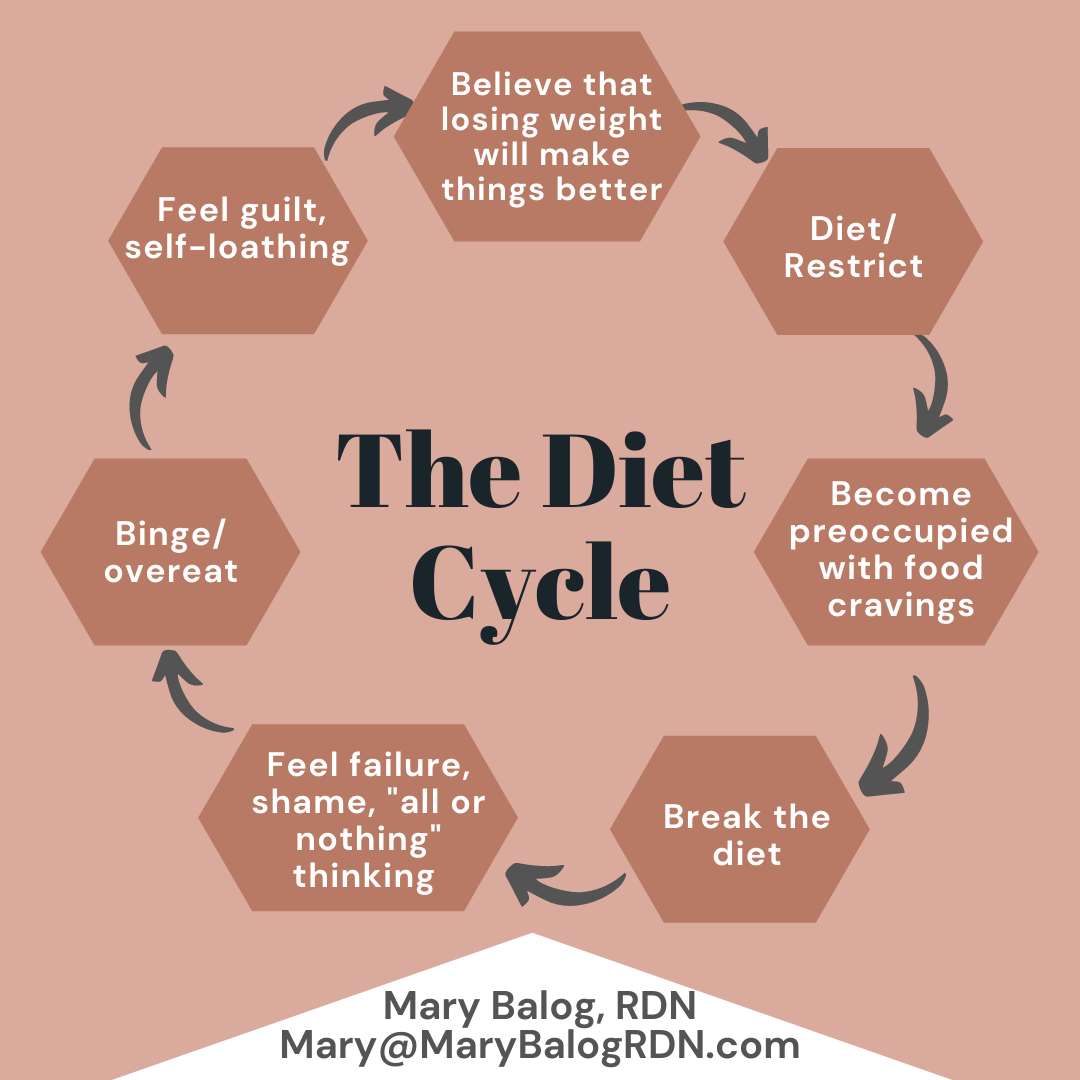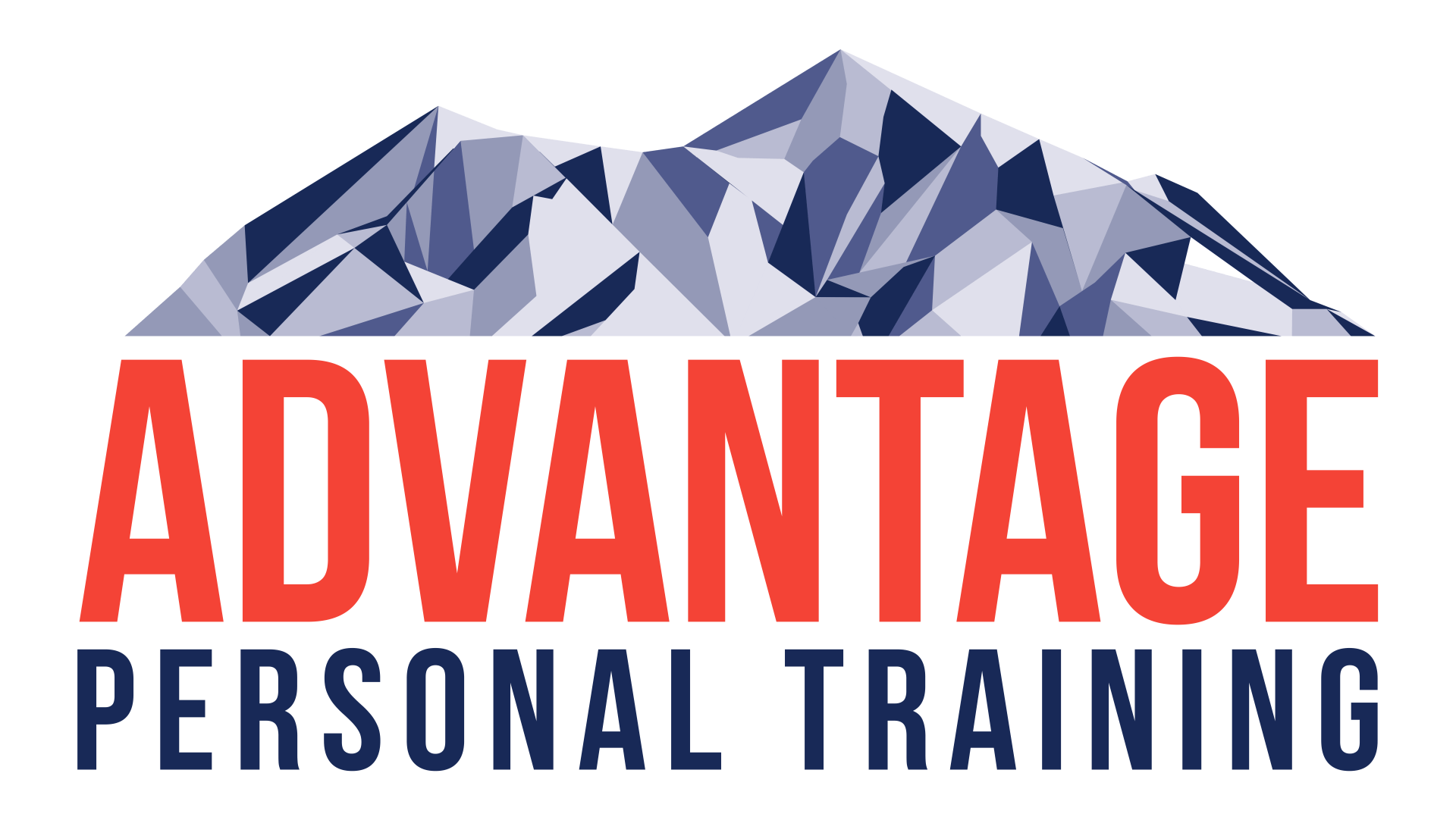Our Beliefs-Part 1
We believe the human body is built to perform. When functioning properly, our bodies are capable of some amazing things. Consider our design… we have evolved (or were created, depending on your religious position) to walk upright, giving us an endurance advantage over our “earlier models,” and we have 6 different types of joints located in strategic areas of the body to give us strength and stability where we need it most (in our head, hands, and feet) and range of motion where we need it the most (shoulders, hips, and thumbs). Our muscles are arranged in a way that gives us both a mechanical advantage and great control of our movements, and we have tendons and fascia that give us an elastic quality that helps us conserve our strength for the times we really need it. The human foot is an architectural marvel, with 26 bones creating an arch capable of dissipating a force many times greater than your body weight over and over while you run. There is a reason the hands and feet alone contain over 25% of the bones in the body. They are pretty important.
The body is built to perform, but our modern lifestyle does not encourage it to do so. Many people sit in their car on the way to work or school, sit at a desk all day, sit in the car on the way to the gym, sit on a machine to work out, then head home to sit down to relax after a long day of sitting. Compare this to early humans who depended on their performance to get a meal. We are talking about people who hunted by running after a deer until IT died of exhaustion. These days, an abundance of accessible, sugary, highly refined food allows us to have a meal whenever we like. Since a good meal used to require expending huge amounts of energy, the body would hold onto precious energy stores for the next hunt. Our body still behaves the same way, storing fat for energy, except now the hunt involves driving through a fast food joint at midnight, so the energy stores stay on board as fat. Our bodies are hardwired for performance mode, ensuring enough energy for activity. If we don’t get active, the energy piles up (literally). Our bodies are built to perform and fueled to perform, and our beliefs are based on this notion. Please note, we are not recommending you take to these beliefs immediately, in fact it might be downright inappropriate. This is simply food for thought, and the action you take will be determined by your personal situation. We can certainly help you progress to training this way, but as with everything we do you must systematically adjust before diving in head first.
Belief #1: From the Ground Up
We see the body as being fully capable without the use of modern aids like braces, wraps, weight belts, and highly cushioned running shoes. Beginning with the feet, we are designed to support an efficient stride and posture just as we are. Modern running shoes, with a fat, cushioned heel tapering to thinner padding near the toes make a natural gait impossible. This throws off alignment in the ankles, knees, hips and low back and does  not allow the body to dissipate ground forces as it is designed to. Braces, wraps, and weight belts can help in competition but should not be worn for training. The reason these are worn is to help limit a certain weakness, which can be beneficial in competition when you are not actively thinking about stabilizing your weak ankle or knee, or protecting your touchy lower back. However, when these aids are worn consistently, you are giving these weaknesses permission to worsen under this protective cover. If the joints don’t have to stabilize, they won’t, leading to continuing atrophy. This is a classic example of adding strength to a dysfunctional system. Try training in proper movement patterns without the use of these modern “luxuries,” and you may begin to see just how capable your body can be.
not allow the body to dissipate ground forces as it is designed to. Braces, wraps, and weight belts can help in competition but should not be worn for training. The reason these are worn is to help limit a certain weakness, which can be beneficial in competition when you are not actively thinking about stabilizing your weak ankle or knee, or protecting your touchy lower back. However, when these aids are worn consistently, you are giving these weaknesses permission to worsen under this protective cover. If the joints don’t have to stabilize, they won’t, leading to continuing atrophy. This is a classic example of adding strength to a dysfunctional system. Try training in proper movement patterns without the use of these modern “luxuries,” and you may begin to see just how capable your body can be.
Belief #2: Function Over Fashion
We take a functional training approach to helping your body perform optimally. This means we engage in basic, whole body, ground based movements without the use of machines to guide joints or movements. When you are participating in sports or life, you are moving in space, using your entire body to produce force and movement. We train the same way. By using a training progression, we can get your whole body working for you by first establishing healthy patterns, then adding strength to those patterns. Speaking of adding strength, part of putting function over fashion means we are concerned with taking care of your movement health before we help you pursue your bodybuilding career. Strength and metabolic training are included in our training system, but we do our best to ensure your safety in the beginning. Perpetuating poor movement patterns will earn you an arthritic knee, sore back, or even a new set of bright and shiny titanium hip joints before it will win you a Mr. Universe contest. So let’s get our priorities straight.
Belief #3: Garbage In, Garbage Out
There are literally hundreds, if not thousands of opinions regarding nutrition and performance. Book store shelves are stacked with books debating the benefits and evils of carbs, fat, animal protein, grains, processed foods, cooked foods, raw foods, organic foods, frozen foods, vegetarianism, and so on. On the same shelf, I have seen a book  denouncing bread, and one basing an entire diet around it. With so much research done to prove a point about nutrition, we would not dream about offering everyone specific advice. That doesn’t mean we don’t have opinions, though. We take a garbage in, garbage out approach to nutrition. This means to stay away from processed or refined foods, and eat food that offers solid nutrient density and offers a good nutritional “bang for your buck.” Eat real food with ingredients you can pronounce. Enjoy vegetables at will, and mix in fruit when you need something sweet. Spend a little extra money to buy the grass fed meat. Shop at your local farmer’s market. Don’t eat your meals from a box or bag. Do 90% of your shopping around the perimeter of the grocery store. These are all pretty much blanket statements, but that’s what we would encourage if you are coming to us for nutrition tips. Obviously, each case would be handled individually, and we are ready and willing to discuss your nutritional needs with you.
denouncing bread, and one basing an entire diet around it. With so much research done to prove a point about nutrition, we would not dream about offering everyone specific advice. That doesn’t mean we don’t have opinions, though. We take a garbage in, garbage out approach to nutrition. This means to stay away from processed or refined foods, and eat food that offers solid nutrient density and offers a good nutritional “bang for your buck.” Eat real food with ingredients you can pronounce. Enjoy vegetables at will, and mix in fruit when you need something sweet. Spend a little extra money to buy the grass fed meat. Shop at your local farmer’s market. Don’t eat your meals from a box or bag. Do 90% of your shopping around the perimeter of the grocery store. These are all pretty much blanket statements, but that’s what we would encourage if you are coming to us for nutrition tips. Obviously, each case would be handled individually, and we are ready and willing to discuss your nutritional needs with you.
We wanted to share this short list of beliefs with you to help introduce our community. Whether you agree or disagree with us, we are excited to welcome you and discuss your beliefs. Feel free to challenge us, we are lifelong learners and enjoy the perspectives of others. We thank you for your interest in our community, and encourage you to share your beliefs with us.
Be Well,
Brian.




Advantage Personal Training is an Ann Arbor based Family Oriented Gym, focusing on the training needs of individuals, small groups and youth athletes. Meet with a results-oriented personal trainer and put yourself on the path to a more active life!
SERVICES
CONTACT INFORMATION
Hours of Operation
Mon to Fri: 6:00 AM - 8:30 PM
Sat: 8:30 AM - 12:30 PM
Sun: CLOSED
All Rights Reserved | Advantage Personal Training

